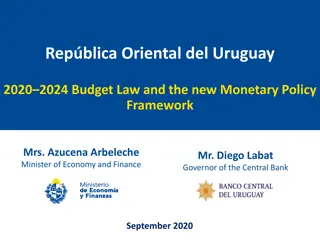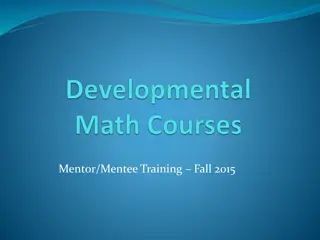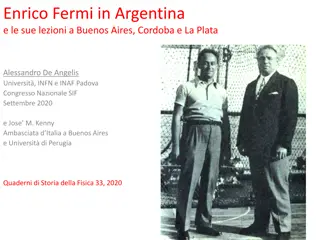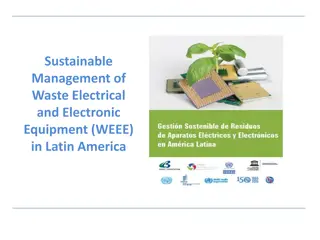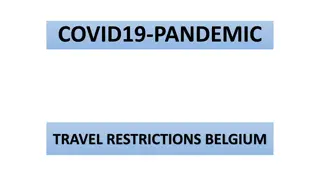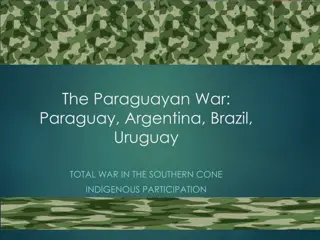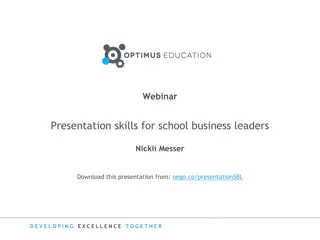
Improving Communication in National Biosafety System: Uruguay Case Study
Learn how Uruguay addressed challenges in its national biosafety system through strategic communication initiatives, including videos and teaching materials. Consumers' need-to-know information and their preferences are also highlighted.
Download Presentation

Please find below an Image/Link to download the presentation.
The content on the website is provided AS IS for your information and personal use only. It may not be sold, licensed, or shared on other websites without obtaining consent from the author. If you encounter any issues during the download, it is possible that the publisher has removed the file from their server.
You are allowed to download the files provided on this website for personal or commercial use, subject to the condition that they are used lawfully. All files are the property of their respective owners.
The content on the website is provided AS IS for your information and personal use only. It may not be sold, licensed, or shared on other websites without obtaining consent from the author.
E N D
Presentation Transcript
NATIONAL BIOSAFETY SYSTEM Alejandra Ferenczi Risk Assessment Coordinator Ministry of Livestock, Agriculture and Fisheries Uruguay
Problems Lack of information about the regulatory system. Lack of internal and external communication Excess of information to general public and consumer Country context: Lack of country guidelines on the subject Distrust/lack of credibility of the regulatory system Disorganized communication Lack of spokespeople
What did your country do? FAO project to hire a communication consultant Strategic Communication Plan Video to explain how the regulatory system works, who we are and what we do Video, teaching cards and puzzle for school/high school explaining what biotechnology is and how a GM vegetable is generated
What worked and what did not work in your country? It worked: the videos and teaching material It did not work: the Strategic Communication Plan was not considered a priority to implement it
What do consumers need know? need to That there is a regulatory system behind Simple explanations about the technology Clear and robust explanation of possible negative impacts and benefits of the technology to health and the environment That there is a spokespersons that communicate constantly
What do consumers want know? want to If there is a negative health impact If there is a negative environmental impact
Puzzle Examples:
Teaching cards Us and the genetic improvement Us and the genetic engineering
GM plants & the world How to transfer a gene to a plant using genetic engineering
Who regulates GMO in Uruguay? How are GMOs regulated?
Videos Video about the regulatory system (Spanish and English). https://youtu.be/GLz8LeKuqUU https://youtu.be/vemb24BwmkM Educational video on plants improved with biotechnology techniques https://youtu.be/enLDftQLoxs
Essential elements for the toolkit To be a toolkit that transmits: confidence and credibility in the regulatory system transparency in actions Process to develop the toolkit: Interaction with stakeholders since the beginning Formal instance for its validation by authorities What it could cover: Regulatory system and the risk analysis Explanation of the technology and its uses Answers to consumer s questions about health and environment How it should be promoted and used: Support for its use at all levels from authorities Everybody to use the same toolkit









